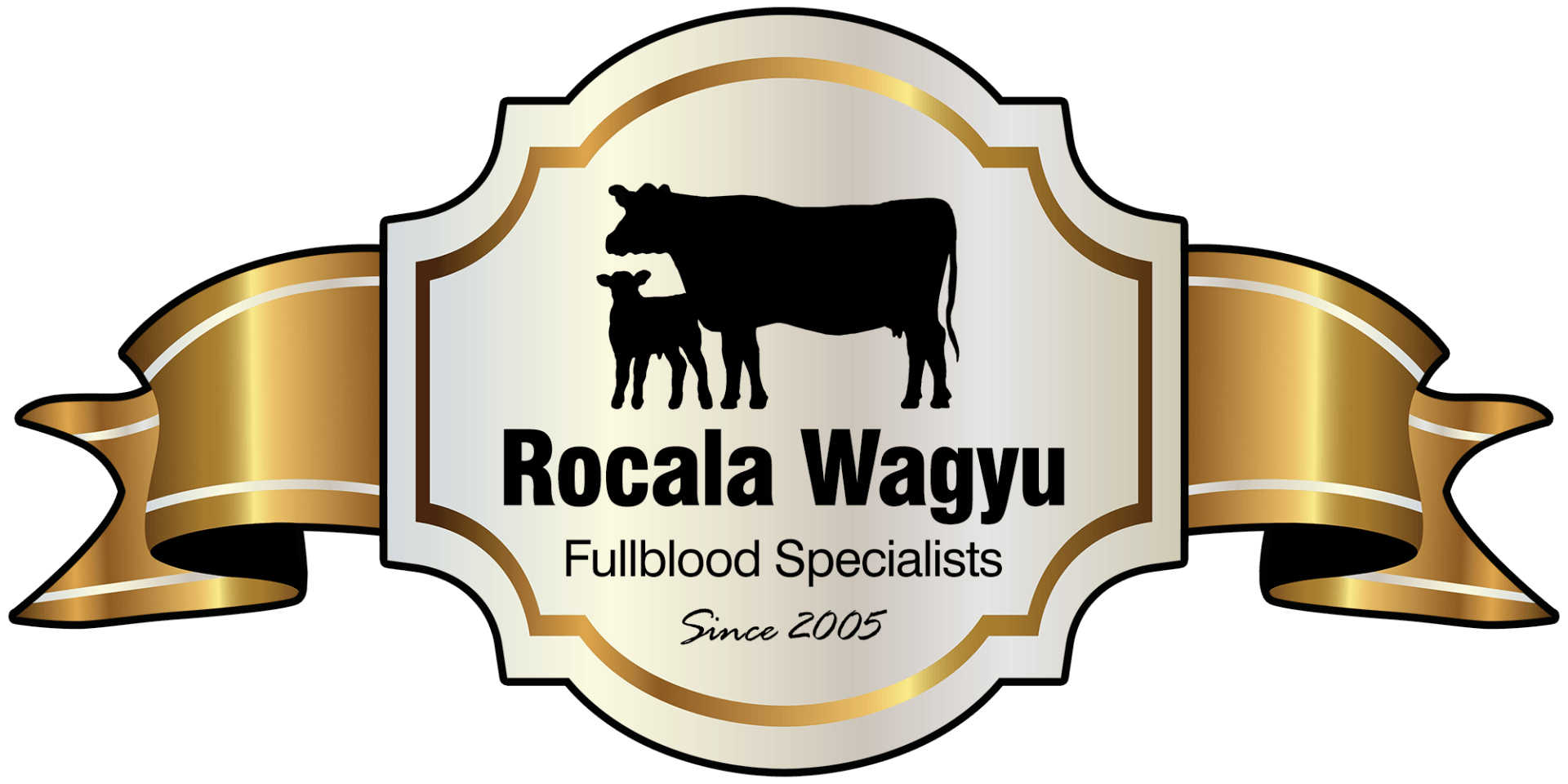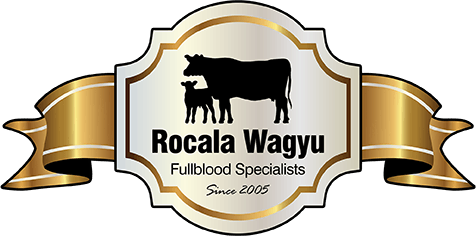ABOUT WAGYU
ABOUT WAGYU
HISTORY
Where did Wagyu come from?
Wagyu (pronounced ‘wag-you’) is a breed of cattle native and unique in their genetics to Japan. The Japanese word Wagyu can be translated to mean Japanese beef – as ‘wa’ means Japanese and ‘gyu’ means beef.
The Wagyu breed (和牛) has modest origins in Japan and translates in English to “Japanese cow”. Cattle were raised for labour for 2,000 years before they were consumed for meat. Despite this, the selection pressures for drought capabilities have resulted in this breed evolving to produce the absolute ultimate in the beef tasting experience – for which they are now renowned around the world.
The evolution of the famous Wagyu breed we know today began in 1867 when native Japanese Mishima cattle were crossed with imported breeds. During this time British, European and Korean cattle breeds such as Brown Swiss, Devon, Shorthorn, Angus, Simmental, Holstein, Ayrshire and Hanwoo Korean were imported and bred with local native Mishima cattle until 1910 when borders were closed.
The core breeds which collectively became known as "Wagyu" had evolved. They are derived from native cattle that had been crossed with imported breeds to improve size. The Wagyu herds were developed with the emphasis on quality – consistently marbled, low-cholesterol beef, recognised as the world’s finest for unmatched flavor, tenderness, and overall eating quality. Japan is very protective of the breed and has recognised what they have and classified the Wagyu as a national treasure.
The dominant strains of Wagyu in Australia are the black bloodlines of Tajima, Shimane (Fujiyoshi) and Tottori (Kedaka). These bloodlines make up 90% of the national Japanese herd with the remaining 10% being the red bloodlines of Kochi and Kumamoto.
Due to the outbreak of Mad Cow disease & Foot and Mouth disease, it was decided from 2002 to cease the exportation of Wagyu genetics (embryos, semen or live animals) out of Japan .
GENETICS
Wagyu beef is highly marbled, meaning that the muscle is finely interspersed with monounsaturated fat. This marbling gives the beef its “melt in the mouth” moisture and tenderness. When cooked, the marbling is absorbed into the muscle and gives the meat its tenderness and flavour.
The cattle are known as Japanese Fullblood and are recognised around the world as the only cattle containing no introduction of inferior genes.
The quality and flavour of Wagyu meat is different from any other type of beef. Some may describe the beef as having a smooth caramel/buttery flavour that is somewhat sweet and very delicate. This tenderness and flavour results in 100% Fullblood Wagyu delivering an unparalleled eating experience.
Characteristically, Wagyu beef is highly marbled. This means that the muscle is finely interspersed with fat that is an ‘intra-muscular’ deposit of energy. This marbling has been found to contain monounsaturated fats, and research has shown that these fats can assist in reducing cholesterol levels in the body.
When cooked, the marbling is absorbed into the muscle and gives the meat its texture, tenderness and flavour. The marbling reappears once the meat is cooled. The monounsaturated fatty acids have a very low melting point, which results in the beef literally ‘melting in your mouth’.
Prior to Wagyu entering the Australian market, the Australian meat grading system was 0 to 6, with the best of the Australian breeds including Angus, averaging approximately 2. Since the introduction of Wagyu into Australia, the Australian grading system has been increased to 9.
Wagyu beef is increasingly being offered in restaurants and gourmet butcheries around Australia as a luxury product.
In Australia, any product that has 50% or more Wagyu genetics can be labelled as Wagyu. Premium Wagyu will contain 100% Wagyu genetics, and until regulations relating to product labels in Australia are clearer, the consumer needs to rely on the integrity and reputation of each brand.
BREEDING
The Rocala Wagyu breeding program selects the best genetics to suit Australian conditions and ensures that every Rocala Wagyu animals’ breeding partner is individually matched using accurate performance data.
Our careful breeding program combines Japan’s three most famous Wagyu bloodlines; Itozakura and Kikumidoi to increase size, fertility and robustness. We use Japan’s most famous Wagyu cow, Kikutsuru, and her equally famous Wagyu sons, Tanifukudoi and Dai 2 Yasutanidoi to increase carcass quality, which covers all quality traits and not restricted to marbling alone. The third bloodline is our exclusive Okudoi 100% Tajima cow family. This family is a descendant from the only 100% Tajima cow ever to be exported from Japan, Kinu 1. These bloodlines allow us to produce Wagyu that can be farmed and raised to their genetic ability.
The genetics of the Rocala Wagyu herd can be traced through parent verification using DNA certification, while the registered Japanese ancestry can be traced through nose prints collected by Japanese breeders, a similar concept to that of a fingerprint.
Our genetic information plays a vital role in delivering a high quality product and is therefore protected information. If you would like access to this information please contact us.



